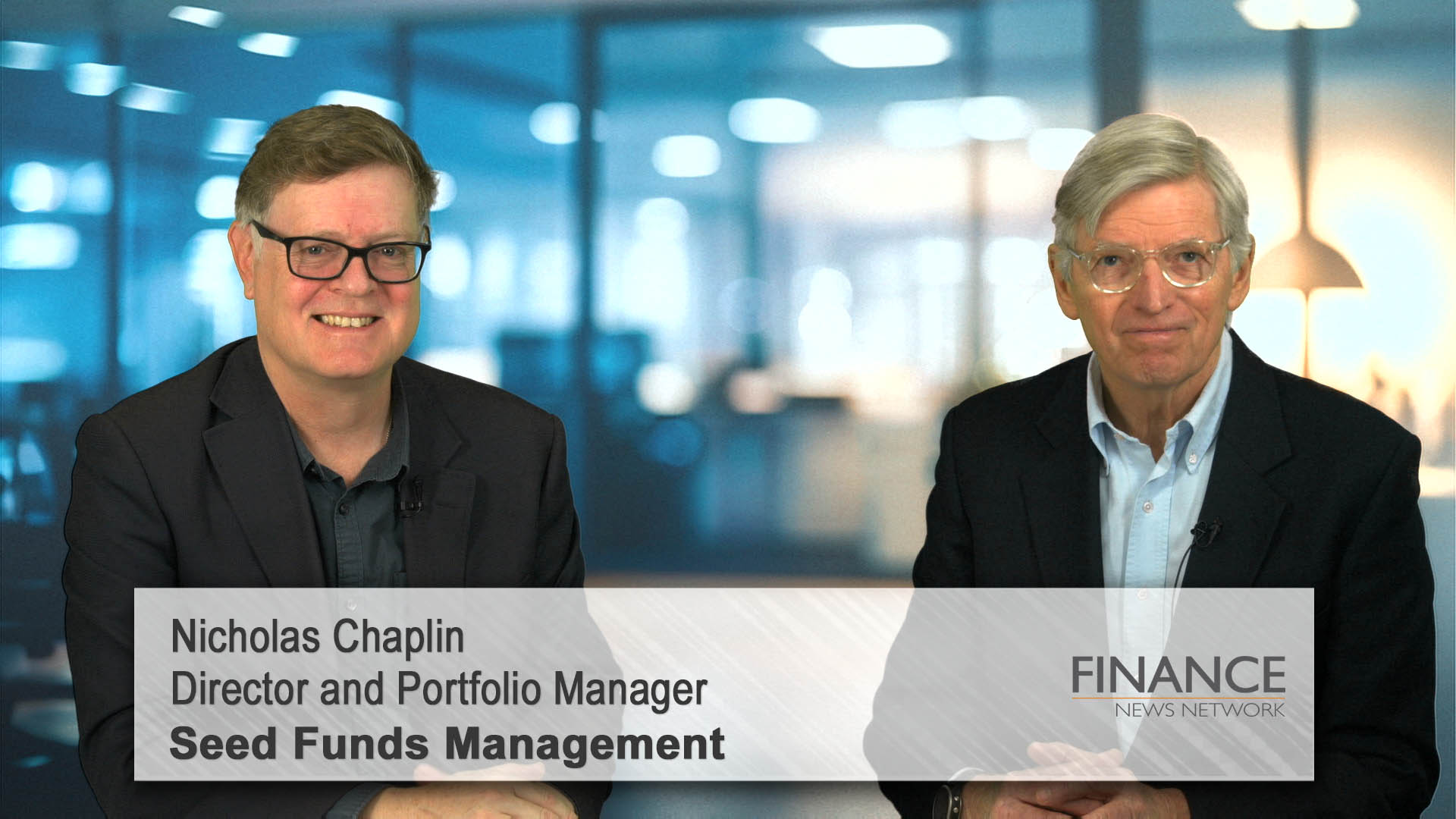Recalibration continues
The dramatic recalibration of expectations regarding the future level of interest rates continues. Over the first quarter, markets materially lifted their expectations for how much higher official cash rates need to rise in this cycle, in order to curb rampant inflation. More recently, markets have reassessed how much permanently higher cash rates are likely to be, if inflation remains persistently higher.
Last month in this commentary we explored the question of whether fixed income was yet good value, through analysis of the cyclical and structural influences on inflation. While markets had priced much of the upside cyclical risk, we concluded that it was yet unclear whether inflation would be higher on a more permanent basis, and that additional risk premium was required to compensate for this uncertainty.
The requirement for higher risk premium contrasts with the experience of the last decade or more. Two noteworthy features of that period were: 1) a sub-par, but low volatility, macroeconomic environment (ie growth around trend, inflation a bit below target, and with little variability in either), and 2) an expectation that policymakers would step in with stimulus every time downside risk threatened. Each of these factors suppressed market volatility, but both are now going into reverse.
Growth and inflation outcomes have been enormously volatile over the last two years, as growth has swung between sharp shutdowns and policy-charged reopening, and inflation has oscillated between weak demand-side and acute supply-side pressures. Consistent with higher macroeconomic volatility, central banks are more uncertain and have been forced to abandon forward guidance, instead responding to incoming data. The RBA’s abrupt about-face – hiking in May for the first time in more than 10 years, when only six months ago it was signaling no change to the official cash rate for another three years – is a prime example. Investor confidence in both the macroeconomic outlook and central banks is noticeably lower, resulting in lower liquidity and ‘unanchored’ markets.
Rapid cooling required
While strong guidance may be lacking, policymakers are beginning to rapidly withdraw stimulus to attempt to cool surging inflation. The need to act rapidly arises because the longer inflation stays high, the more expectations for higher prices become entrenched, and the more difficult it becomes to get inflation lower. Because of the urgency of the problem, and in part driven by a social desire to ease cost of living pressures on households, policymakers appear little concerned, to date, that their tightening efforts could derail asset markets. This is a marked departure from the days of the ‘Greenspan put’. The greater recent urgency of central bankers in turn now seems to be driving negative returns for risky assets, including global high yield credit.
With macro variables, markets, and now central banks moving quickly, there are a wide range of possible cyclical outcomes, including the low-probability soft landing, and an array of downside growth scenarios, including recession and stagflation. While there are signs inflation is close to peaking in the US, the broadening inflation pulse (beyond goods, and now into services and wages) suggests the challenge of delivering meaningfully lower inflation is a difficult one – and supports the case for higher structural levels of rates, and risk premia.
The repricing earlier in the year was largely a duration story – bond yields were shifting upwards in response to higher inflation and expectations for increases in official cash rates. The greater sensitivity of higher quality credit to interest rates also saw investment grade corporates materially underperform lower rated, high yield credit. This is now reversing, as the pervasiveness of the inflation surge and the aggressiveness of central bank tightening expectations widens the distribution of likely outcomes, bringing into play a higher probability of recession and other adverse outcomes. Our models are not suggesting imminent recession, but we expect some of our indicators to begin flashing soon.
Stability remains elusive
At some point markets will again find stability, but this appears elusive until we are at least further through the tightening cycle and the effect of central bank tightening on inflation becomes apparent. This makes leaning against current momentum for higher yields difficult. For example, at face value Australian bonds look attractive on a relative basis as it seems unlikely the RBA will be able to hike by more than the US Fed, as is currently priced. This unlikeliness arises from the greater sensitivity of the Australian economy to the cash rate – our household debt being much larger, and largely in variable rate form. However, we expect Australian bonds to continue to either trade in lockstep with, or even further underperform, US bonds until this distinction in the policy cycle becomes more apparent.
Together, the untamed inflation problem, reactive central banks, reduced liquidity, a wide distribution of cyclical outcomes and higher uncertainty about structural levels of inflation suggest both near term caution, and a longer-term reassessment of required risk premia. Fixed income is clearly better value now than several months ago, by virtue of the rise in bond yields and the widening in corporate credit spreads. However, the outlook remains challenging, as we are still in the early stages of the tightening cycle. It’s as yet unclear whether the actual delivery of official rate increases will be able to tame inflation, and for lower quality corporate credit the risks remain skewed to downside, at least until valuations cheapen further. Given this assessment, our preferred strategy is to remain patient. The worst of the repricing is perhaps behind us, but the best is likely ahead of us. Opportunities will arise as the repricing continues, and we look to take advantage of those with more constructive positioning that will set up better returns ahead.
Portfolio Positioning
We are running lower interest rate risk than the benchmark and have a cautious stance on corporate credit.
Our key interest rate positions include:
- Small short duration positions in the US and Europe, as we expect yields to continue to rise, driven by inflation pressure and central bank tightening
- Small exposure to yield curve flattening, although we have moderated much of our prior position, as with market pricing for cash rate increases now elevated, we expect yield moves from here to be more evenly distributed by maturity
- A long position in Australian inflation-linked bonds, as we believe Australian inflation is catching up to that in the rest of the world, and this risk is under-priced.
Together these should help to insulate the portfolio from further increases in bond yields. Although we expect that the bulk of the interest rate repricing has now probably occurred, we expect yields to continue to rise as rate hikes are delivered and uncertainty about inflation persistence is high.
Our key credit exposures are:
- A 22% exposure to Australian investment grade credit, a high quality, low volatility asset class, which has already repriced to a larger degree than global investment grade peers
- Short positions in US investment grade and US high yield, which are potentially vulnerable to Fed tightening and balance sheet reduction. We increased the size of these short positions in April
- Small long positions in emerging market local rates, and Asian corporates, which each offer considerable value, despite some cycle headwinds
- Small exposures to Australian higher yielding corporates, mortgages and commercial loans.
In the context of the opportunity set and our historical positioning, our credit allocation (at a net 25% of the portfolio) is moderate. This reflects concerns about the ongoing challenging central bank liquidity environment, potentially looming recession risk, and the need for greater risk premia in the face of uncertainty. We have pared back our exposures considerably over the last 6 months, particularly in riskier, lower rated credit. From here we will likely trim our total exposures further, though the improvement in valuations we have already seen in investment grade credit is likely to see us continue to favour investment grade over high yield credit.
Overall, our positioning remains cautious. However, while we see the fixed income environment remaining challenging for some time, we expect we will be moving the portfolio to more constructive positioning later this year, which will set up the portfolio for better returns ahead. Patience is required as we navigate this difficult period.













